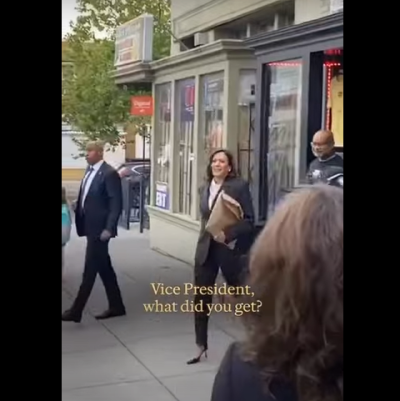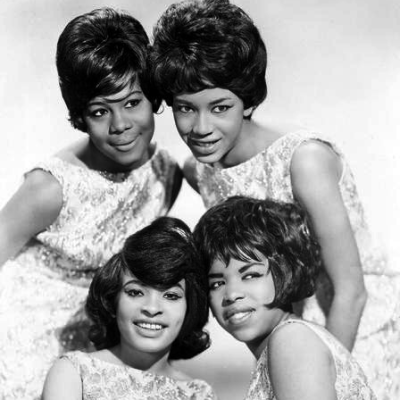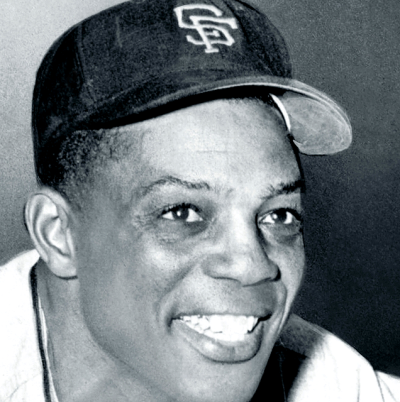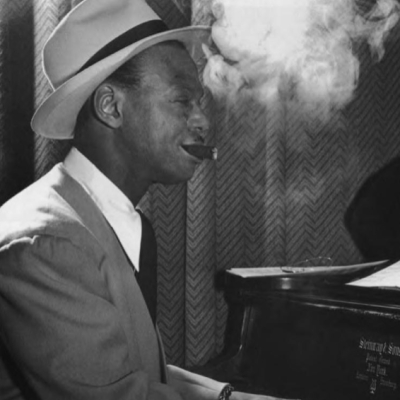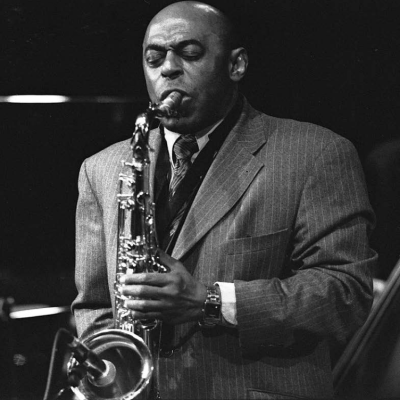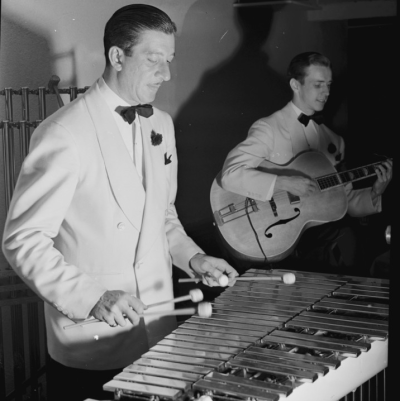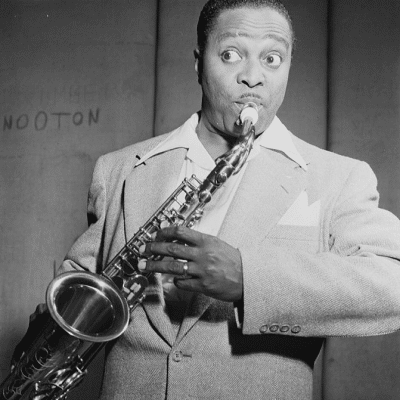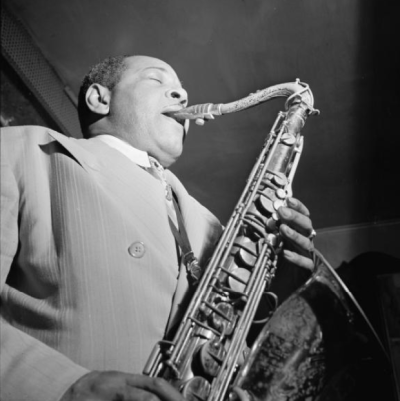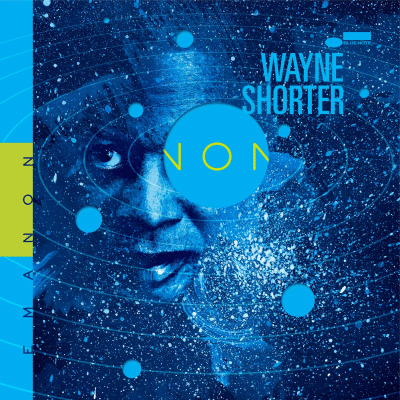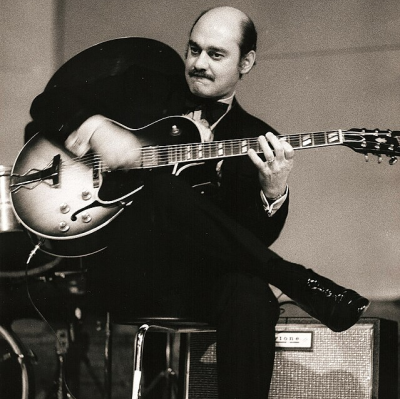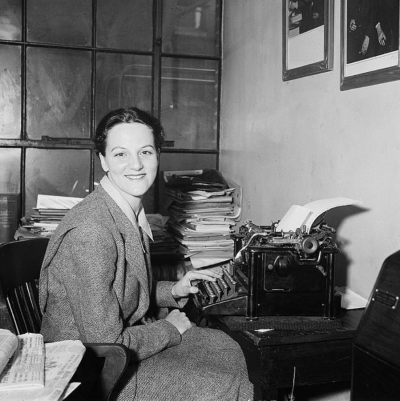The answer is Gus Arnheim!
The orchestra of Gus Arnheim launched or helped developed many a performer’s career, most famous among them Bing Crosby, who got a massive push in the music business when Crosby’s sophomore outfit known as the Rhythm Boys cut a handful of sides with the Arnheim Band. Others who began their musical careers with Arnheim include Russ Columbo, Jimmie Grier, Woody Herman, Joe Dixon, Stan Kenton, Art Pepper and Irving Fazola. Actor Fred McMurray even got his start with Arnheim, although back then the likeable thespian was still a saxophone player trying to kick off a musical career. In the the late 20’s and early 30’s, Arnheim had the most popular band on the West coast, based out of the trendy Cocoanut Grove nightclub in Los Angeles. The bandleader got his professional start in a combo called the Syncopated Five, with Abe Lyman sitting on the drum throne. From there Arnheim got into theatre jobs, then tinkled the ivories behind singer Sophie Tucker. Lyman and him got back together, forming the group that came to be known as the Cocoanut Grove Orchestra in 1927. In 1929 this group took off on its first European tour, going over like wildfire in both Paris and London. Arnheim also took the 14-piece band group on extensive domestic tours, hitting all of the then 48 American states. The group honed a repertoire of original Arnheim compositions while on the road, resulting for the musicians in a continually stimulating, evolving musical partnership. Arnheim eventually was remembered even more for his career as a songwriter than a bandleader, at least in terms of his discography. Popular songs he wrote included “I Cried for You”, “Mandalay”, “I’m Gonna Get You” and “Sweet and Lovely”, the latter tune evolving into a heavily played jazz standard as well as the background music for Bugs Bunny everyime he dressed up as a female, in itself a rich source of copyright royalties. At the start of the subsequent decade Arnheim hired on the Rhythm Boys, a male singing trio which he had heard working with Paul Whiteman’s orchestra.
The move led to the recording of Crosby’s first solo hit, “I Surrender Dear”. Arnheim cruised through the 30’s on the popularity of this and his other hits, then decided to modernize the group near the end of the decade, once again making a big impression at an important club, the Congress Casino in Chicago. At this point a more swinging rhythmic feel was coming into play, and a larger quotient of the sidemen turned out to be up and coming jazz stars or even important bandleaders in their own right such as Kenton. Like Duke Ellington, Arnheim delighted in slowly changing the band’s sound to compliment the style of each new musician he hired. Following the Second World War, Arnheim retired from the big band business, getting out well before developments such as rock and roll took public taste elsewhere. He did briefly reappear in the mid-50’s hosting smaller combos on several California television programs. In 1955, he died of a heart attack, supposedly while writing a new song in his Beverly Hills home.
– Eugene Chadbourne, for The All Music Guide
Gus Arnheim and His Ambassadors
_____
Play another Monday Jazz Quiz!







